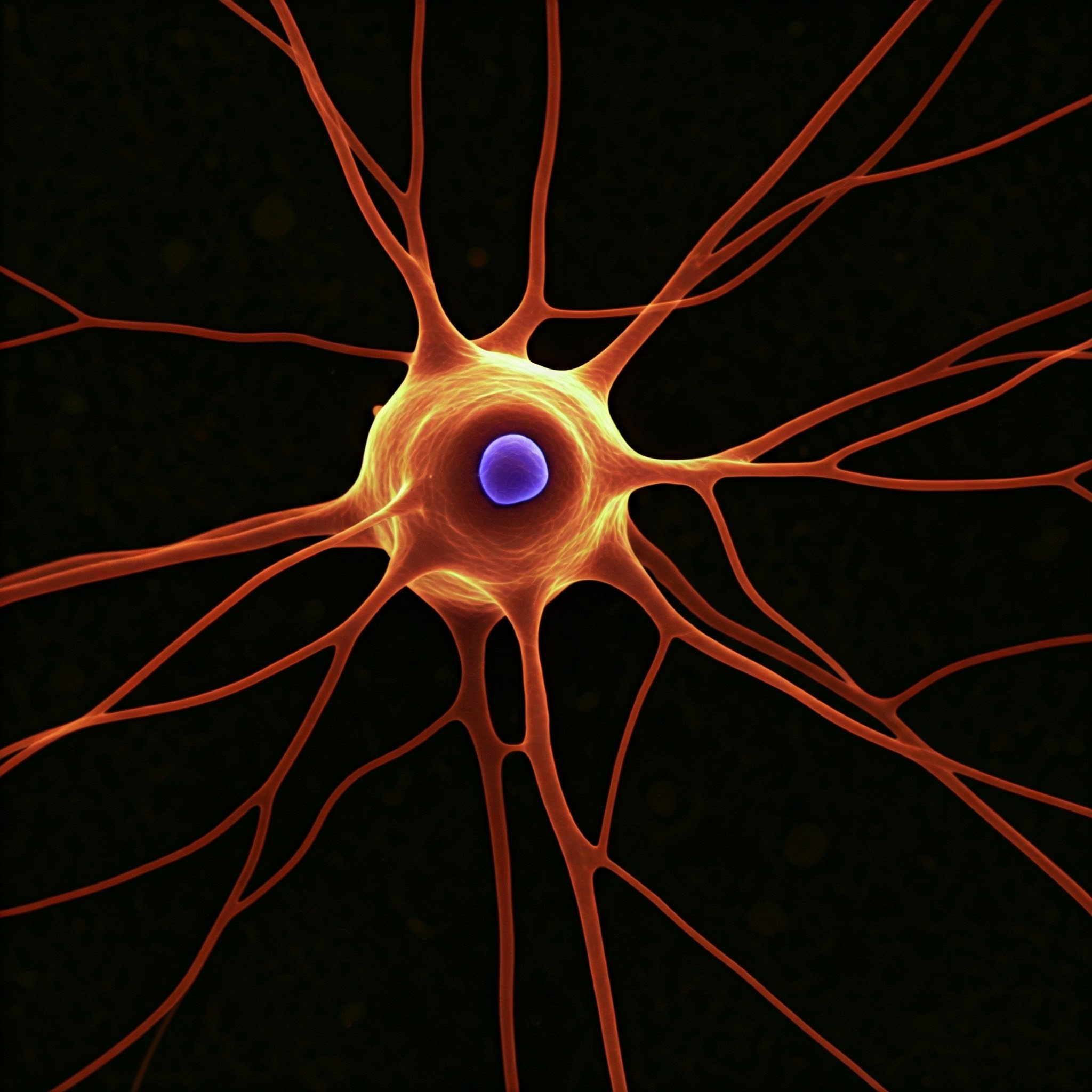The dependence of human senses on an adaptive network of sensory neurons that communicate by firing in response to environmental inputs makes artificially designed biological processes, including perception systems, a challenging target for experts in organic electronics.
A recent partnership between Georgia Tech and Northwestern University has created a new high-performance organic electrochemical neuron that responds in the same frequency range as human neurons, opening up new possibilities for the area. By creating additional organic materials and combining their engineering neurons with synthetic touch receptors and synapses, they were also able to create a whole perception system that allowed for the processing and detecting of tactile signals in real-time.
Their findings were published in the journal PNAS.
The study highlights significant progress in organic electronics and their application in bridging the gap between biology and technology,
We created an efficient artificial neuron with reduced footprint and outstanding neuronal characteristics. Leveraging this capability, we developed a complete tactile neuromorphic perception system to mimic real biological processes.
Yao Yao
The synthetic neuron in this study achieves unprecedented performance in firing frequency modulation, offering a range 50 times broader than existing organic electrochemical neural circuits,
Tobin J. Marks
In the domains of materials science, organic electronics, photovoltaics, chemical catalysis, organometallic chemistry, and nanotechnology, Marks is a global leader. In addition, he teaches Applied Physics, Chemical and Biological Engineering, and Materials Science and Engineering at Northwestern’s McCormick School of Engineering. Antonio Facchetti, his co-corresponding author, is an adjunct chemistry professor at Northwestern and a professor at Georgia Tech’s School of Materials Science and Engineering.
This study presents the first complete neuromorphic tactile perception system based on artificial neurons, which integrates artificial tactile receptors and artificial synapses,
It demonstrates the ability to encode tactile stimuli into spiking neuronal signals in real time and further translate them into post-synaptic responses.
Antonio Facchetti
Researchers with expertise in organic synthesis developed cutting-edge materials that were used by researchers studying electronic devices for system integration, circuit design, and fabrication. The team’s members came from many departments and educational institutions.
Sensing systems are still challenging to replicate because of the vast network of 86 billion neurons in the human brain that are ready to fire. Scientists are constrained by the amount they can produce as well as the design’s footprint. In order to move the research closer to accurately simulating human sense systems, the team plans to significantly lower the device’s size in subsequent versions.
Source: Northwestern New
Journal Reference: Yao, Yao, et al. “An Organic Electrochemical Neuron for a Neuromorphic Perception System.” Proceedings of the National Academy of Sciences, vol. 122, no. 2, 2025, p. e2414879122, DOI: https://doi.org/10.1073/pnas.2414879122.
Last Modified:







